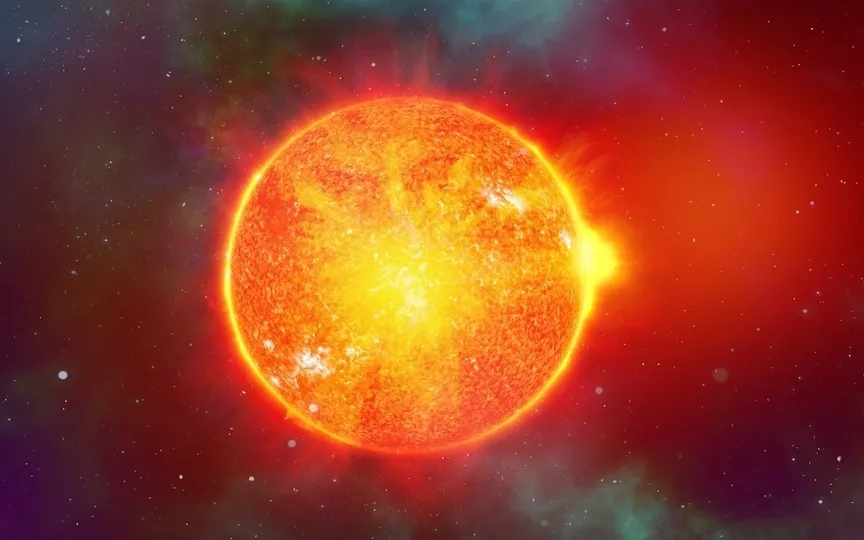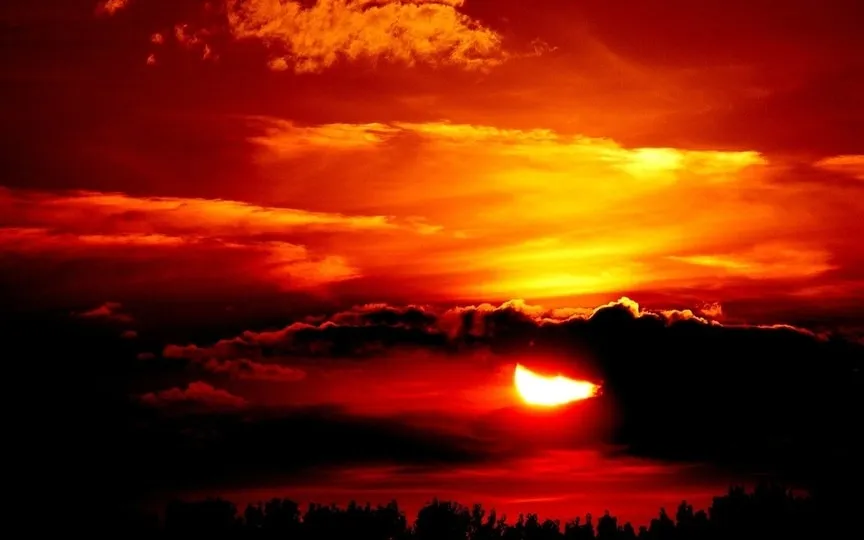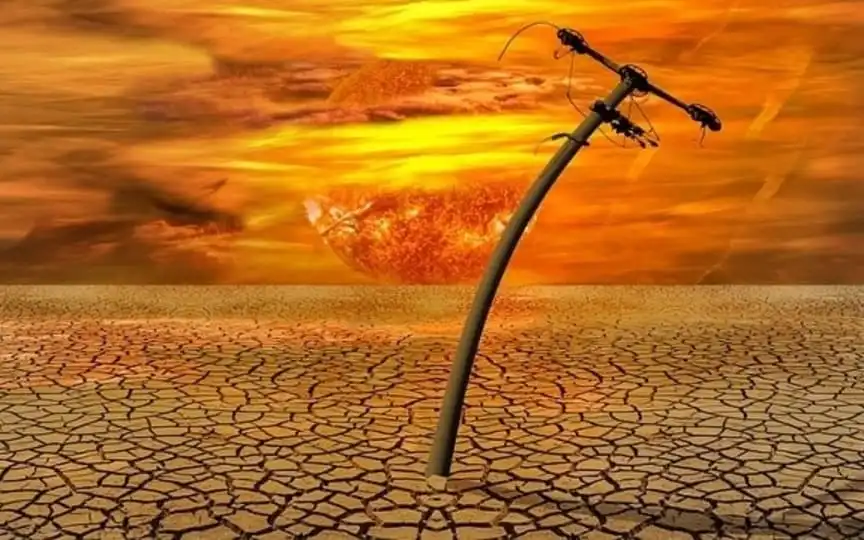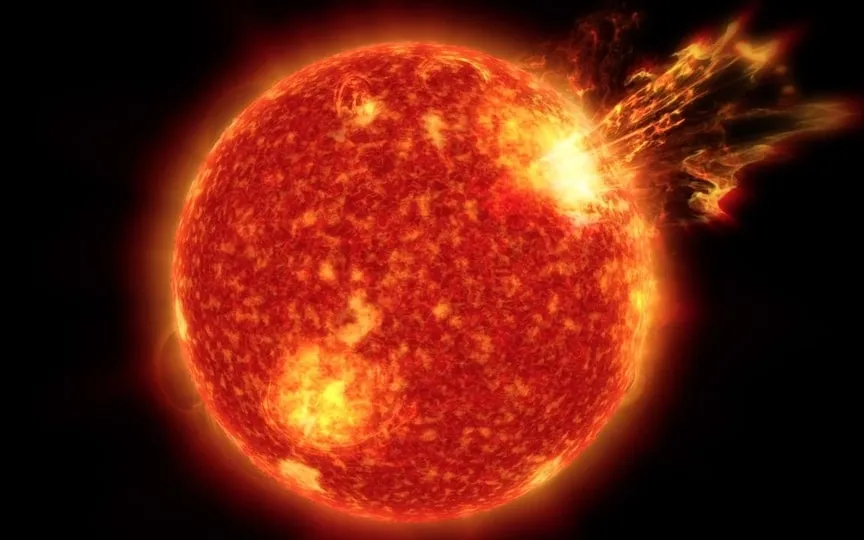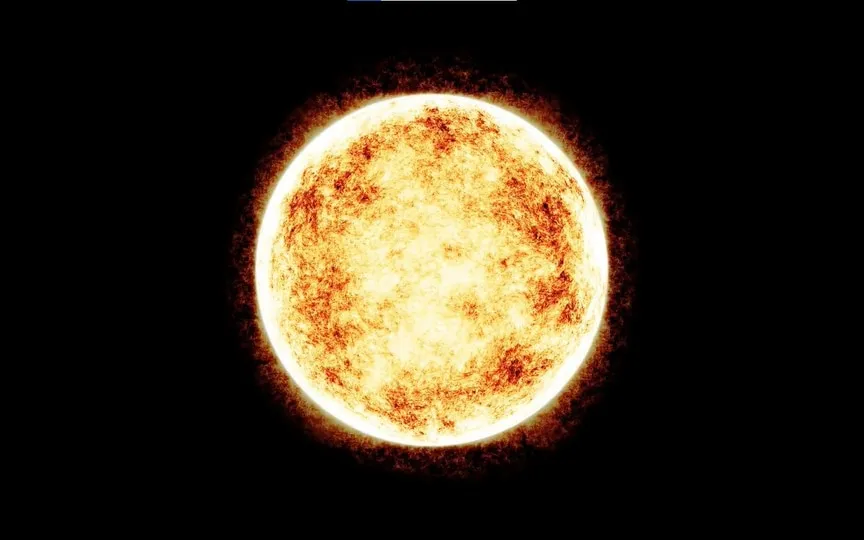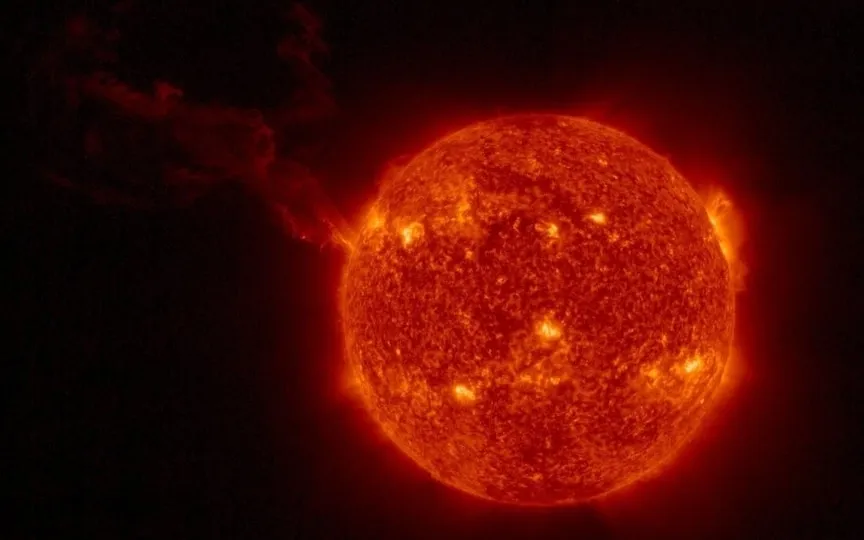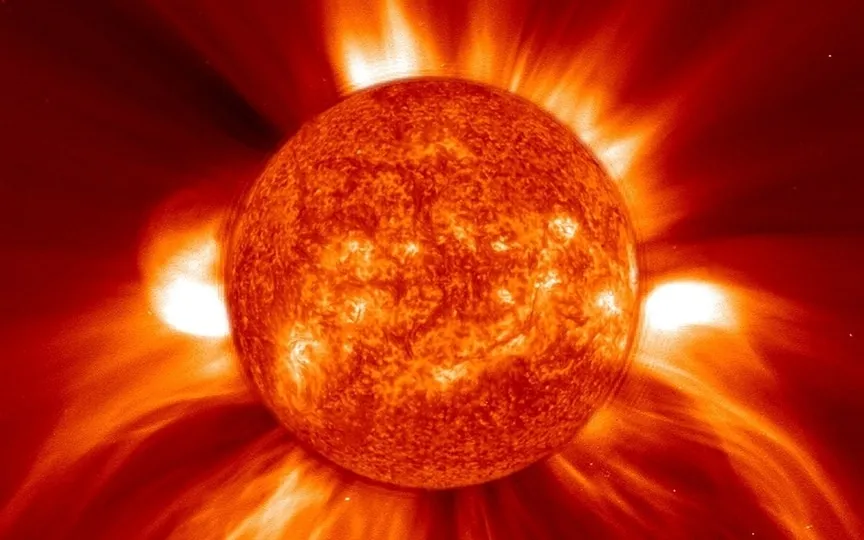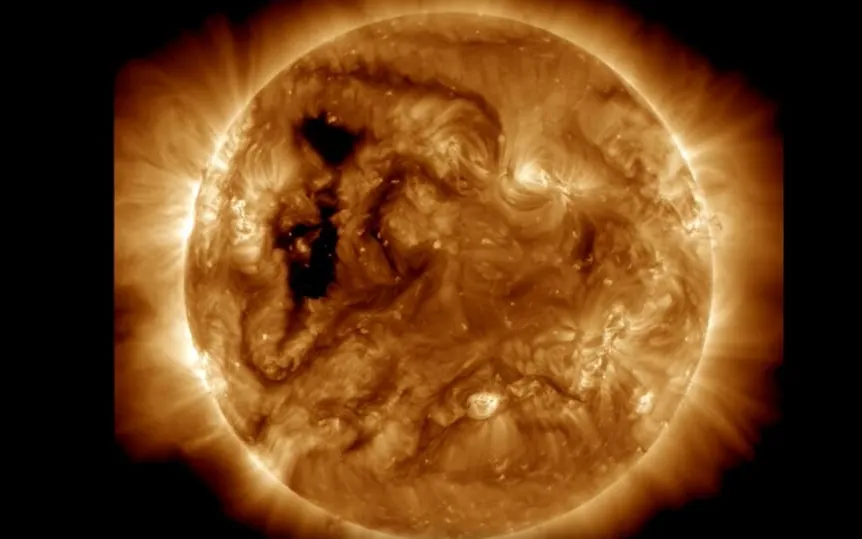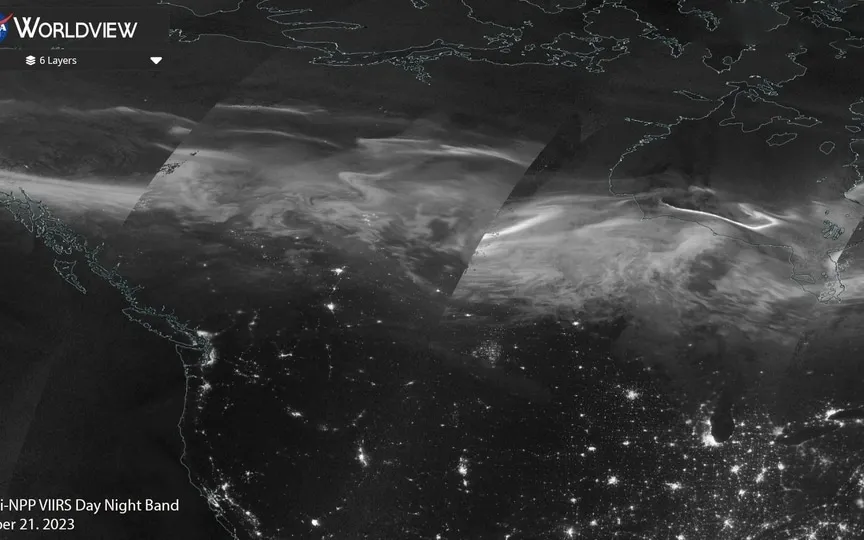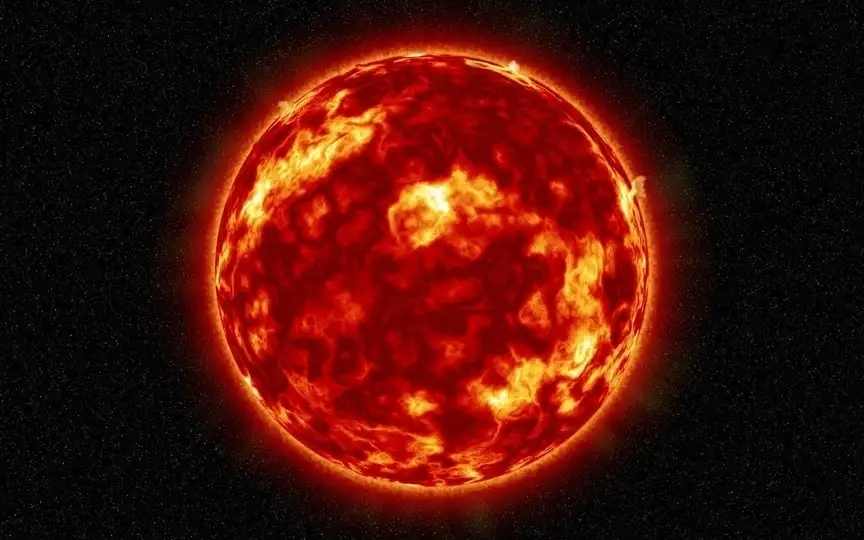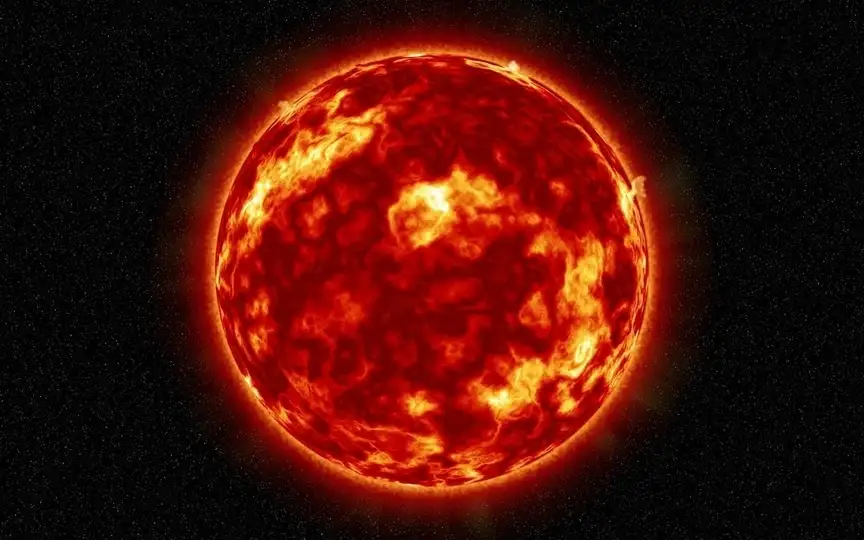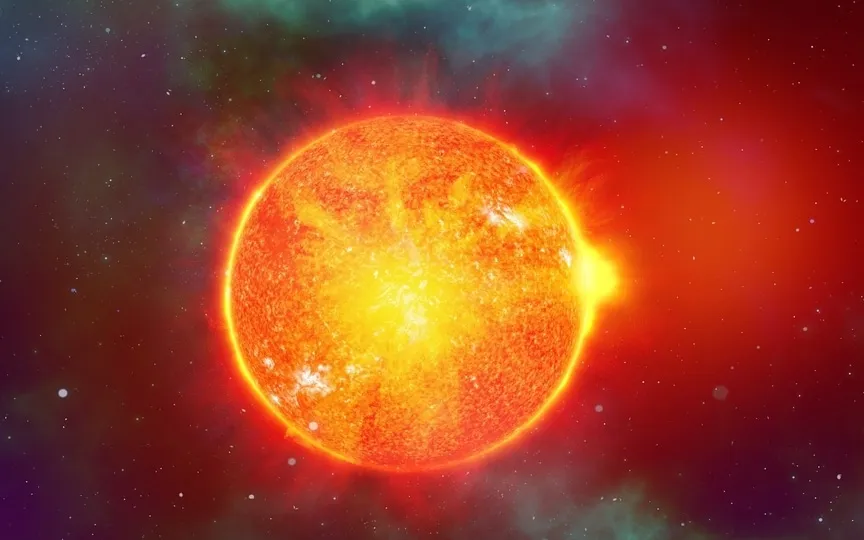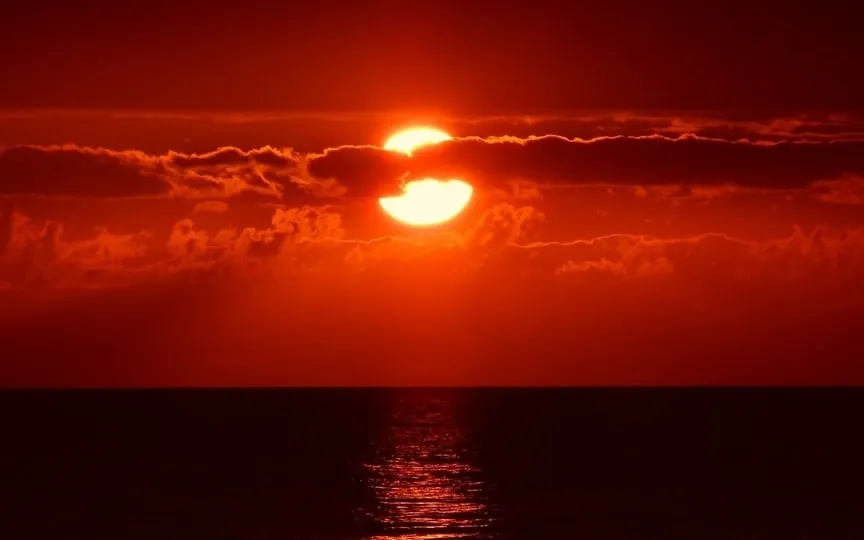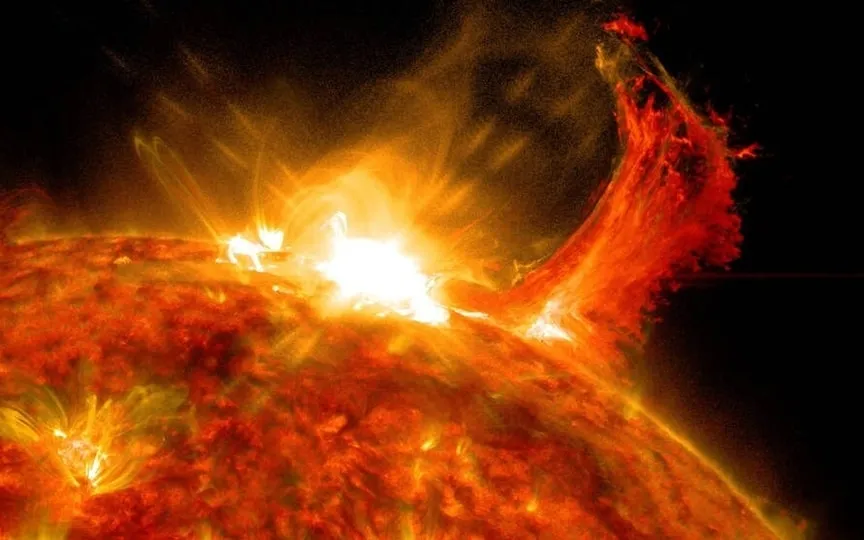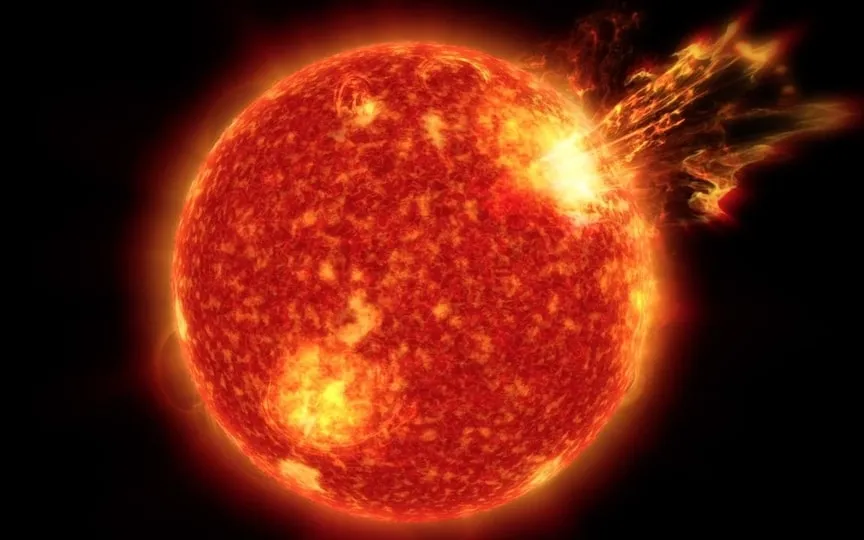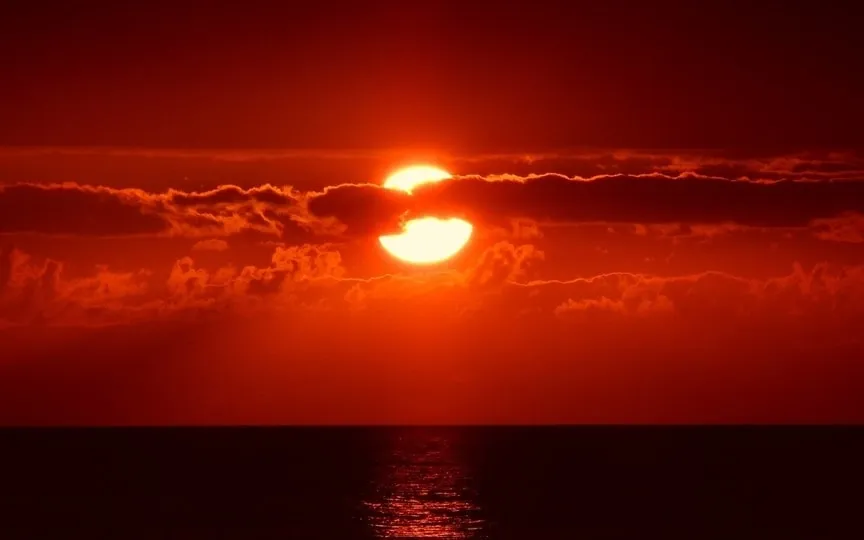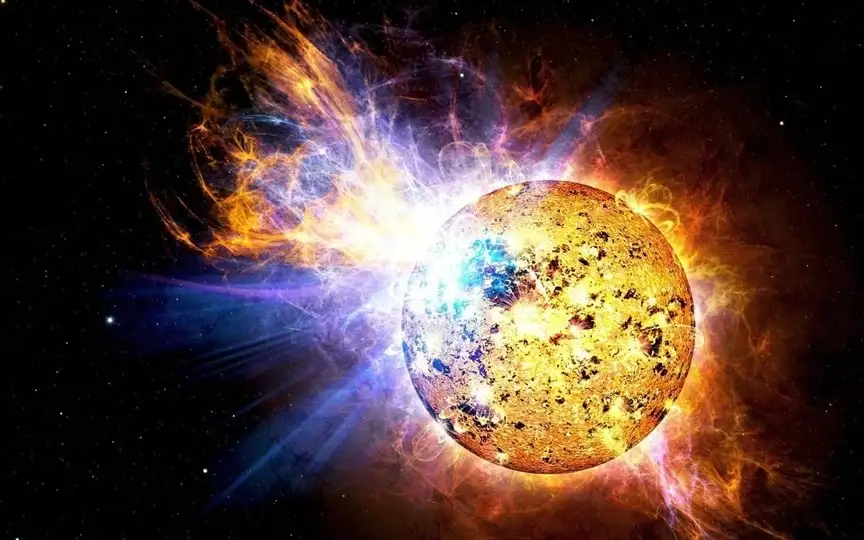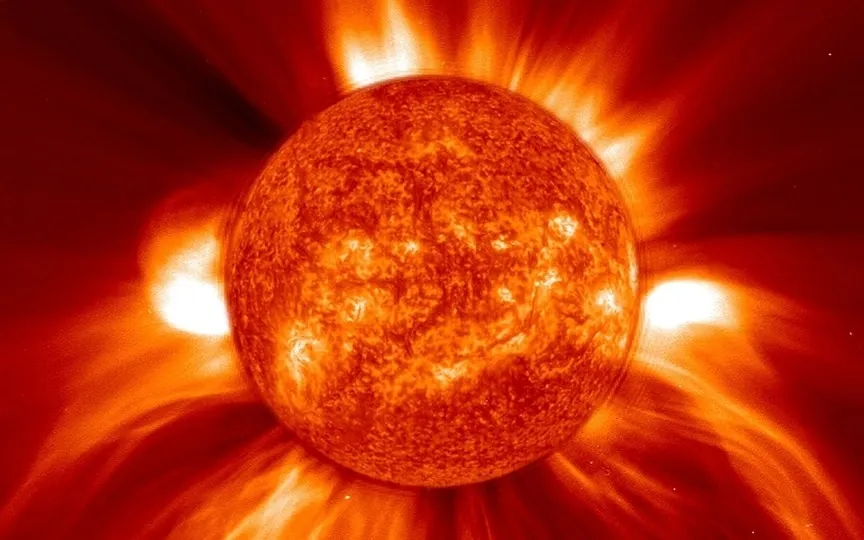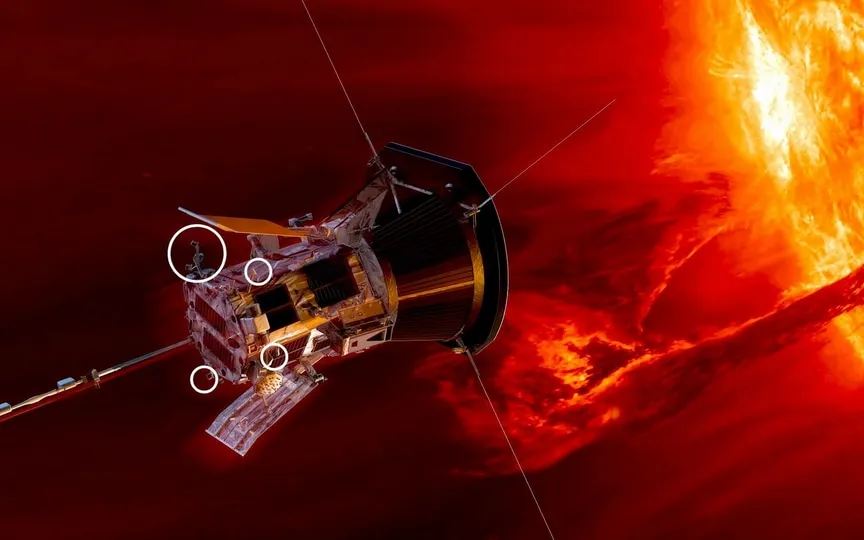Witness the Unprecedented: Powerful Solar Storm Sparks Rare Auroras in Peru!
Solar storms are typically known to hit the Earth’s polar region, as a result of our planet’s magnetic field lines. This is why we mainly observe auroras in high latitude areas, where the atmosphere contains a large number of charged particles that ionize oxygen and nitrogen, producing vibrant colors. As these charged particles move towards lower latitudes, they disperse and auroras become less visible. Nevertheless, the recent solar storm that occurred on the night of November 5 and early morning of November 6 could potentially be a groundbreaking event, as…
Read More
